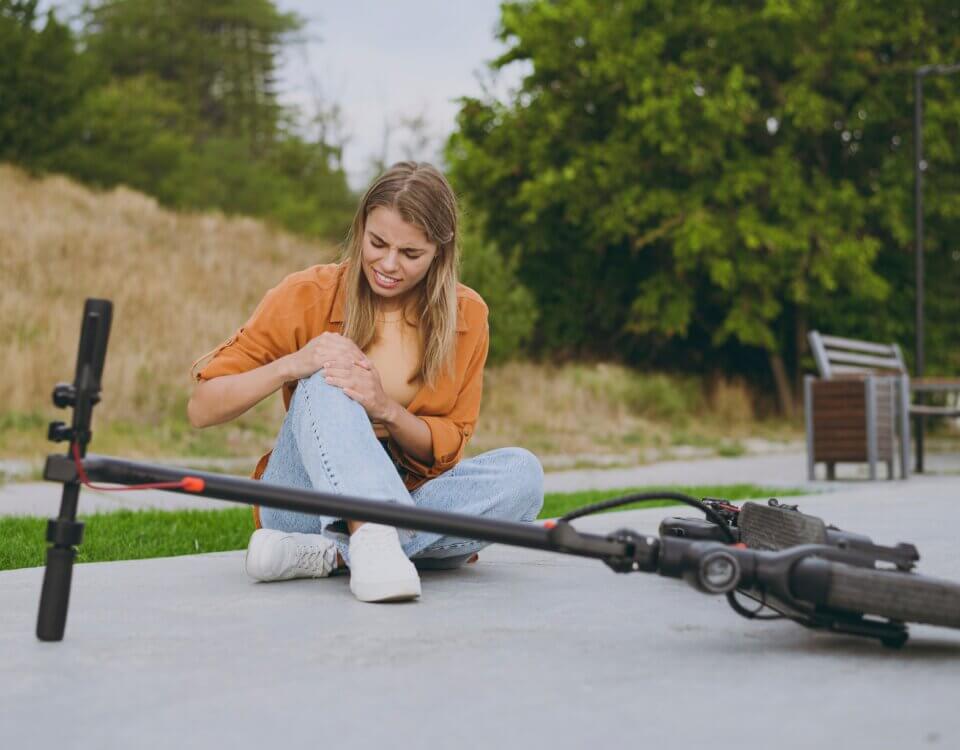Cyclists Treated as Vehicles Under California Law
In California, bicycles are classified as vehicles. Cyclists are required to follow the same traffic laws as motor vehicle drivers. This includes coming to a complete stop at stop signs just like any driver would.
What Obeying Traffic Laws Means for Cyclists
When approaching a stop sign, a cyclist must come to a full stop, yield the right of way to vehicles or other cyclists already in the intersection, and allow pedestrians to cross at marked or unmarked crosswalks. Red lights also apply to cyclists. They must stop and wait until the signal changes or until it is legally safe to proceed. Running a red light is a traffic violation for both drivers and cyclists.
What a Safety Stop Is and California’s Stance
In some states, cyclists are allowed to perform a safety stop, treating a stop sign like a yield sign if the road is clear. California does not permit this practice. Proposed bills to legalize safety stops have been introduced but have not been passed into law. The governor has vetoed previous attempts due to safety concerns.
Determining Responsibility in Intersection Collisions
When a crash occurs at an intersection, liability is assessed in the same way as for motor vehicle accidents. If a cyclist fails to stop at a stop sign, they may be held responsible or partially responsible for any resulting injuries or damages. California follows comparative negligence rules, meaning both a driver and a cyclist can share fault. If both parties acted negligently, each may be assigned a percentage of responsibility that affects the damages awarded.
Key Takeaways for Cyclists
Cyclists in California must come to a complete stop at stop signs. They should stop at red lights and follow all traffic signals. Failing to follow these rules can affect liability if an accident occurs. Anyone involved in a bicycle accident should seek legal advice to understand their rights and responsibilities.
Contact Hillstone Law
If you or a loved one has been injured in a bicycle accident, the team at Hillstone Law is available to review your case and explain your options. Contact us for a free consultation.
Note: These blog posts are created solely for the use of Hillstone Law. The information is gathered from internet research, publicly available sources, and artificial intelligence (AI) tools such as ChatGPT. While we aim to share helpful and educational content, Hillstone Law does not independently verify every detail. Some information may be incomplete, outdated, or subject to change without notice. If you believe any part of a post is inaccurate, misleading, or infringes upon copyright, please contact Hillstone Law immediately so we can review it and take appropriate action, including correction or removal.
Disclaimer: The material provided in these blogs is for general informational purposes only and should not be considered legal advice. Reading these posts does not create, and is not intended to create, an attorney-client relationship with Hillstone Law. Our intent is to share knowledge, raise awareness, and provide helpful resources to the public; however, Hillstone Law makes no warranties or guarantees about the accuracy, completeness, or reliability of the information provided, and expressly disclaims liability for any actions taken in reliance on it. The photos used in these posts are for illustrative purposes only and do not depict actual clients, individuals, or incidents unless expressly stated. If you or a loved one has been injured in an accident, please contact Hillstone Law at (855) 691-1691. Our attorneys are available to answer your legal questions and help you understand your rights.







